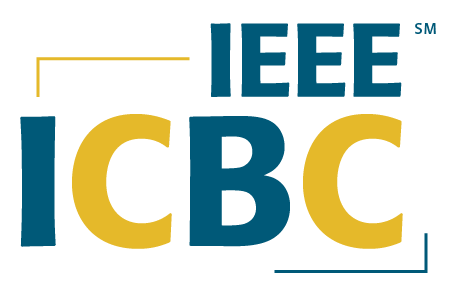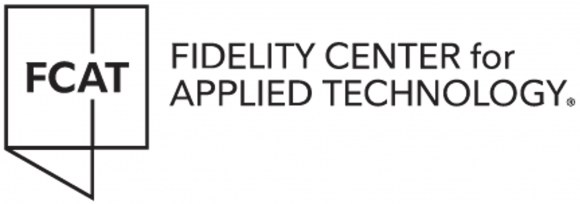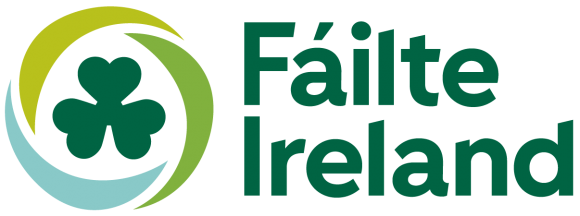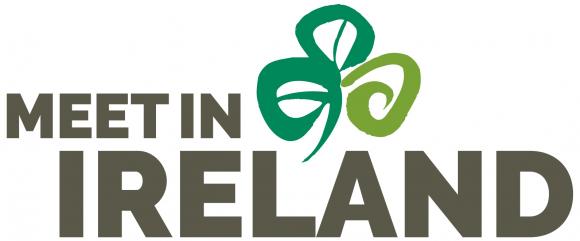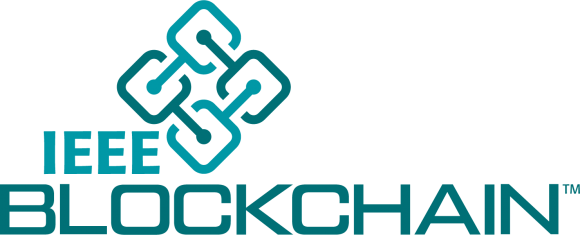TUTORIALS
MONDAY, 27/05/2024, 08:45 - 10:45
TUTORIAL 1: COMPUTE OFFCHAIN, VERIFY ONCHAIN: HOW TO BUILD ZK-DAPPS WITH CIRCOM AND ZOKRATES
Location: Room 3074
Speakers
Alvaro Alonso Domenech (Technische Universität Berlin, Germany); Jonathan Heiss (TU Berlin, Germany); Johannes Sedlmeir (University of Luxembourg, Luxembourg)
Abstract
The tutorial starts with an overview of the fundamental concepts required to gain a better understanding of zk-SNARKs. After acquiring this foundation, the audience will be introduced to various use cases where zk-SNARKs are applied to solve real-world problems. In the next step, they will be introduced to the concept of domain specific languages for the efficient generation of zk-SNARK proving and verification programs as the example of two common frameworks, Circom and ZoKrates. Finally, the tutorial concludes with a one-hour hands-on exercise that guides the audience through the whole development process of zk-SNARKs. This includes the definition of an arithmetic circuit for a certain claim, how to perform a secure setup phase, the generation of an Ethereum verification smart contract, and the execution of proof programs. By following this tutorial, you will be able to take your DApp development to the next level.
MONDAY: 27/05/2024, 08:45 - 10:45
TUTORIAL 2: BEYOND – CRYPTO: PREPARING FOR THE NEXT WAVE OF CHALLENGES IN DISTRIBUTED LEDGER TECHNOLOGY
Location: Room 3071
Speakers
Vishal Sharma (Queen's University Belfast, United Kingdom (Great Britain)); Trung Q. Duong (Memorial University of Newfoundland, Canada); Oluwafemi Olukoya (Queen's University Belfast, United Kingdom (Great Britain)); Teik Guan Tan (pQCee, Singapore); Zengpeng Li (Shandong University, United Kingdom (Great Britain))
Abstract
Blockchain is not just a cryptocurrency – it is one of the examples of chain-based Distributed Ledger Technology (DLT) where another graph-based mechanism is equally important depending on the use case and application. With this ideology in view, this tutorial is planned to cover the introduction of DLTs and then move into the practical space of blockchain, followed by quantum and post-quantum security, malware analysis with smart contracts and practical applications such as supply chain management, digital asset management, multi-layer security in future networks, convergence of quantum with DLTs and other broader challenges and research problems. The tutorial has content that would suit the audience with a prior interest in DLT, even without any workable experience. Two interactive demos will be shared with the audience to allow them to understand how blockchains can facilitate several real-world applications.
MONDAY, 27/05/2024, 11:00 - 13:00
TUTORIAL 3: SCALABILITY AND THROUGHPUT OF BLOCKCHAINS AND DECENTRALIZED APPLICATIONS
Location: Room 3074
Speakers
Martin Perešíni and Ivan Homoliak (Brno University of Technology, Czech Republic)
Abstract
The tutorial aims to address the fundamental limitations of current blockchain technology concern- ing scalability and throughput. It introduces various approaches to improve scalability, including naive improvements, Bitcoin-NG, sharding methods (Elastico, OmniLedger, RapidChain), DAG- based protocols, off-chain payments, and centralized blockchains. The motivation behind this is the increasing demand for higher transaction throughput and lower latency to support real-world applications, which current blockchain technologies struggle to meet due to the inherent trade-offs between scalability, security, and decentralization (blockchain trilemma).
MONDAY, 27/05/2024, 11:00 - 13:00
TUTORIAL 4: BLOCKCHAIN AND EMERGING STANDARDS
Location: Room 3071
Speakers
Fiona Delaney (Origin Chain Networks, European Union); Irina Tal (Dublin City University, Ireland)
Abstract
Blockchain standardisation is a critical aspect of the evolving blockchain landscape, aiming to establish uniformity, interoperability, and security across diverse blockchain networks. This tutorial explores the fundamental concepts and key objectives of blockchain standardisation, providing a comprehensive overview of the standards that underpin this revolutionary technology. Participants will gain insights into the significance of standardisation for fostering trust, promoting innovation, and facilitating widespread adoption in various industries. Moreover, the participants will benefit from an insider’s perspective on the very recently published ISO/TR 6277:2024 Data flow models for DLT use cases, co-edited by the instructor Fiona Delaney. Fiona will provide a step-by-step tutorial on how to submit a new use case to the ISO 24878 new and emerging blockchain use cases. Other opportunities and ways to get involved in the realm of Blockchain standardisation will be discussed as well. The tutorial contents draws from the results and experiences gained within the SEEBLOCKS project (https://seeblocks.eu/), a Digital Europe Programme project that aims at delivering a targeted, democratic, industry-driven initiative to support European interests in standardisation within the Blockchain/DLT domain, bringing together EU researchers and open standards specialists, along with industry and policy experts.
